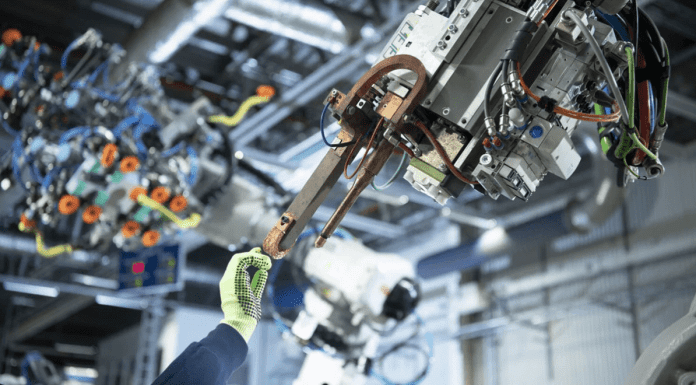Hitachi has installed a dedicated 5G network at its Silicon Valley Research Center, part of the Hitachi America’s research and development division. The installation, done in partnership with Ericsson, will leverage Hitachi’s platform technology to accelerate the development and demonstrate the value of digital transformation across industries, and will act as a space for the companies to explore 5G solutions in North America.
The North American network’s first task is to test 5G collaborative teleoperation technology co-developed with the Georgia Institute of Technology (Georgia Tech), which considers Hitachi’s research center to be “critical proving grounds for currently emerging technologies relating to collaborative robotic systems.”
Sonia Chernova, associate professor in the Institute for Robotics and Intelligent Machines at Georgia Tech said, “Adaptive automation requires access to high-quality, multi-modal data from a wide range of sensors. Hitachi’s 5G capabilities are poised to revolutionize how such data is collected, aggregated, and analyzed at scale in real-time, helping to make the next generation of advanced robotic systems possible.”
Specifically, the pair are looking into using robotics and AI as the main technologies used, with 5G and time-sensitive networking (TSN) serving as a digital backbone to develop highly flexible manufacturing production lines to accommodate the increase in consumer customization.
According to Hitachi, collaboration between humans and robots is critical to achieve this flexibility and will allow our society to achieve “contactless, fully automated systems while maintaining human supervision.”
One particular application being tested on the dedicated 5G network is real-time and interactive remote collaboration between skilled workers and machines, in which optimized control of the robot can be realized by the 5G edge AI technology allocated to the MEC server and by utilizing the wide variety of large-capacity sensor data (comprised of 4K video and TOF sensor information) collected from the site via 5G to support appropriate judgment by the remote human operator.
For more on Hitachi’s “multi-pronged approach” to developing technology solutions for the layers of 5G, read the full release here.

